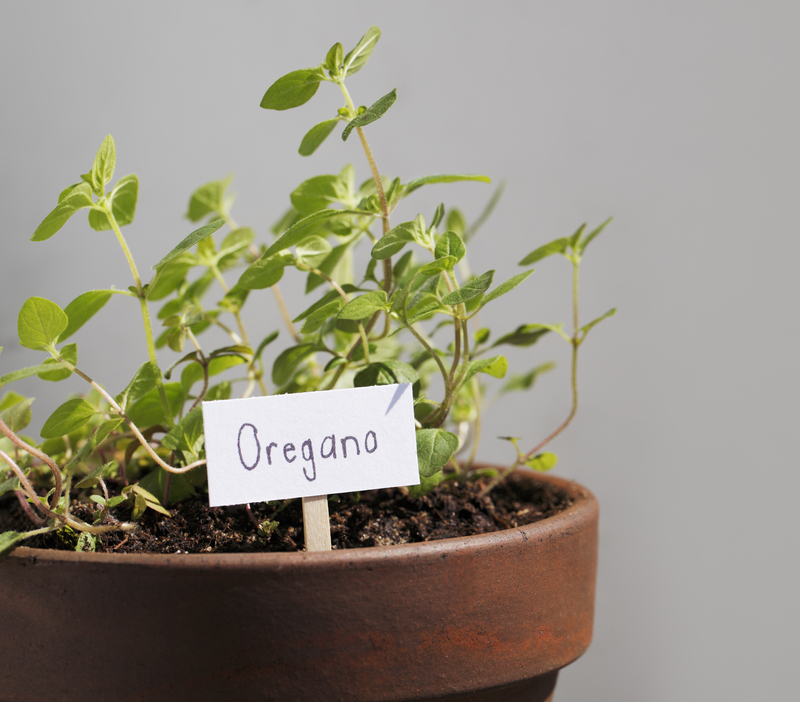Essential Tips to Prevent Drought Damage on Your Lawn This Summer
Are you worried about your lawn turning brown or patchy during the hot months? Drought periods can pose significant challenges to homeowners who want to maintain a vibrant, green lawn. But, with proactive measures, you can prevent drought damage on your lawn this summer and enjoy a lush, healthy yard year-round. In this comprehensive guide, we'll cover essential drought prevention tips, expert lawn care advice, and proven techniques to help your grass withstand the harshest summer conditions.
Understanding Drought Stress and Lawn Damage
Before diving into the best practices, it's important to understand how drought affects your lawn. Drought stress occurs when turfgrass can't access enough moisture from the soil, leading to wilting, discoloration, and dieback. Typical signs include:
- Grass blades turning a dull grayish-blue
- Footprints or mower tracks persisting after walking across the lawn
- Lawns becoming thin, patchy, or brown
- Weed and pest infestations increasing due to weakened turf

1. Choose the Right Type of Grass for Your Region
The best defense is a good offense. Selecting a grass variety suited to your local climate is critical for drought resistance. Some grass types withstand dry conditions much better than others:
- Bermuda Grass: Excellent heat and drought tolerance; ideal for warm regions.
- Buffalo Grass: Native to prairies; highly drought-resistant; low mowing needs.
- Zoysia Grass: Hardy, slow-growing, and tolerates both heat and occasional dry spells.
- Tall Fescue: Deep-rooted and resilient, making it suitable for drought-prone, cooler areas.
2. Water Efficiently and Wisely to Avoid Lawn Drought Damage
Use Deep and Infrequent Watering Techniques
One of the most effective tips to prevent drought damage is adjusting your watering schedule:
- Water in the early morning (between 4 a.m. and 9 a.m.) to minimize evaporation and maximize absorption.
- Irrigate deeply but infrequently to encourage deep root growth -- typically 1 to 1.5 inches per week.
- Use a rain gauge or a simple tuna can to measure sprinkler output and avoid water wastage.
Avoid Overwatering
Excess water can be just as damaging as drought, promoting shallow roots and fungal diseases. Always let the top inch of soil dry out between waterings -- this stimulates your grass roots to grow deeper, better fortifying your lawn against drought.
3. Improve Soil Quality and Lawn Health
Healthy soil provides a crucial foundation for drought resilience. Here's how to improve your lawn's water retention:
- Aerate Your Lawn: Aerating creates small holes, allowing water, air, and nutrients to reach the roots more effectively. Do this annually, especially if your soil is compacted.
- Enhance Organic Matter: Add compost or organic topdressing to the soil in spring and fall. This improves water holding capacity and overall soil structure.
- Test and Balance Soil pH: Lawns thrive in soils with pH between 6 and 7. Use lime or sulfur to adjust if needed.
By improving your soil's health, you lay the groundwork for a more drought-tolerant lawn.
4. Mow Smartly to Beat Summer Lawn Drought
Mowing isn't just about keeping your lawn tidy -- it plays a key role in lawn drought prevention:
- Raise Your Mower Blades: Cut grass at the highest recommended height for your variety (usually 2.5-4 inches). Taller blades shade roots and reduce evaporation.
- Keep Blades Sharp: Dull mowers tear grass, causing stress and increasing vulnerability to drought.
- Avoid Scalping: Never remove more than one-third of the blade length in a single mowing.
- Leave Grass Clippings: Mulched clippings return moisture and nutrients to the soil, acting as a natural mulch.
5. Mulch and Manage Lawn Thatch
Mulching is a powerful way to protect lawns from drought:
- Apply Mulch in Landscaping Beds: Use bark, straw, or leaves in surrounding beds to reduce soil temperature and conserve moisture.
- Control Thatch: Excess thatch (over 0.5 inches) can prevent water from reaching roots. Dethatch in spring or fall if needed.
6. Fertilization and Lawn Feeding During Drought
Fertilizing during drought requires special consideration:
- Cut Back on Fertilizer: High nitrogen during heat and dryness can stress your lawn. Fertilize lightly in spring or early fall instead.
- Apply Slow-Release Products: Choose fertilizers formulated for drought stress or summer application.
- Focus On Soil Health: Using compost and natural soil amendments can enhance water retention and support microbial life.
7. Limit Foot Traffic and Lawn Stress During Dry Spells
Heavy use of your yard during drought can further damage your grass. Minimize play, mowing, and animal traffic on parched lawns to give weakened turf a chance to recover.
8. Use Smart Irrigation and Water-Saving Technologies
Innovative tools and technologies can help you prevent drought damage on your lawn efficiently:
- Smart Sprinkler Controllers: Adjust watering schedules based on real-time weather data, saving water while meeting your lawn's needs.
- Drip Irrigation: Delivers water directly to the root zone, reducing wastage and evaporation.
- Rain Sensors: Automatically shut off sprinklers when it's raining or when the soil is saturated.
- Mulching Mowers: Chop clippings extra fine, helping moisture stay in your soil.
9. Don't Forget About Weeds and Pests
Drought-weakened lawns are more susceptible to pests and invasive weeds:
- Spot-weed Regularly: Pull or spot-treat weeds before they compete for moisture and nutrients.
- Monitor for Lawn Pests: Look for grub, chinch bug, or armyworm activity, especially when grass is under stress. Apply eco-friendly treatments as needed.
- Encourage Good Bugs: Beneficial insects can keep pest populations in check naturally.
10. Plan for the Long Term: Renovate and Reseed as Needed
If your lawn has suffered in past summers, consider a strategic renovation at the right time of year:
- Overseed with Drought-Tolerant Grass: Fall is the best time to overseed, giving new grass time to establish before hot weather hits.
- Topdress Bare or Thin Areas: Adding compost or topsoil can jumpstart regrowth and improve soil.
- Consider Redesign: Convert problem areas to mulched beds, groundcovers, or xeriscaping for permanent drought resistance.
Bonus Tips: Lawn Care During Extreme Drought or Water Restrictions
Sometimes, even the best-prepared lawns will go dormant during an extended drought. Here's how to minimize permanent damage until rain returns:
- Accept Temporary Dormancy: Most cool- and warm-season grasses can survive several weeks of drought by going brown but will recover with rain or irrigation.
- Water Deeply Once Monthly: If permitted, give dormant lawns about 0.5 inches of water every 3-4 weeks to keep roots alive.
- Avoid Heavy Foot Traffic and Fertilization: Let your grass rest until growing conditions improve.

Frequently Asked Questions: Preventing Drought Damage on Lawns
How can I tell if my lawn needs water during drought?
Try the "footprint test" -- if your footprints remain visible, it's time to irrigate. Also, check for grass that doesn't spring back after being bent.
Can I bring back dead grass after drought damage?
If the grass crowns (the white part at soil level) are still alive, grass will regrow. If they're dry or crumbly, overseeding or resodding may be necessary.
What's the best mowing height during summer drought?
Keep grass as tall as possible for your species (typically 3-4 inches), which helps shade and protect the soil.
Conclusion: Keep Your Lawn Lush All Summer Long
Preventing drought damage on your lawn during the heat of summer is possible with a proactive plan and the right techniques. By choosing suitable grass varieties, improving soil health, watering smartly, and adopting modern lawn care practices, you'll not only save water but also sustain a beautiful, green lawn even during the driest spells.
Start implementing these essential drought prevention tips today and enjoy a resilient and eye-catching lawn all summer long!
Share these tips with your neighbors and help your whole community stay green this season!